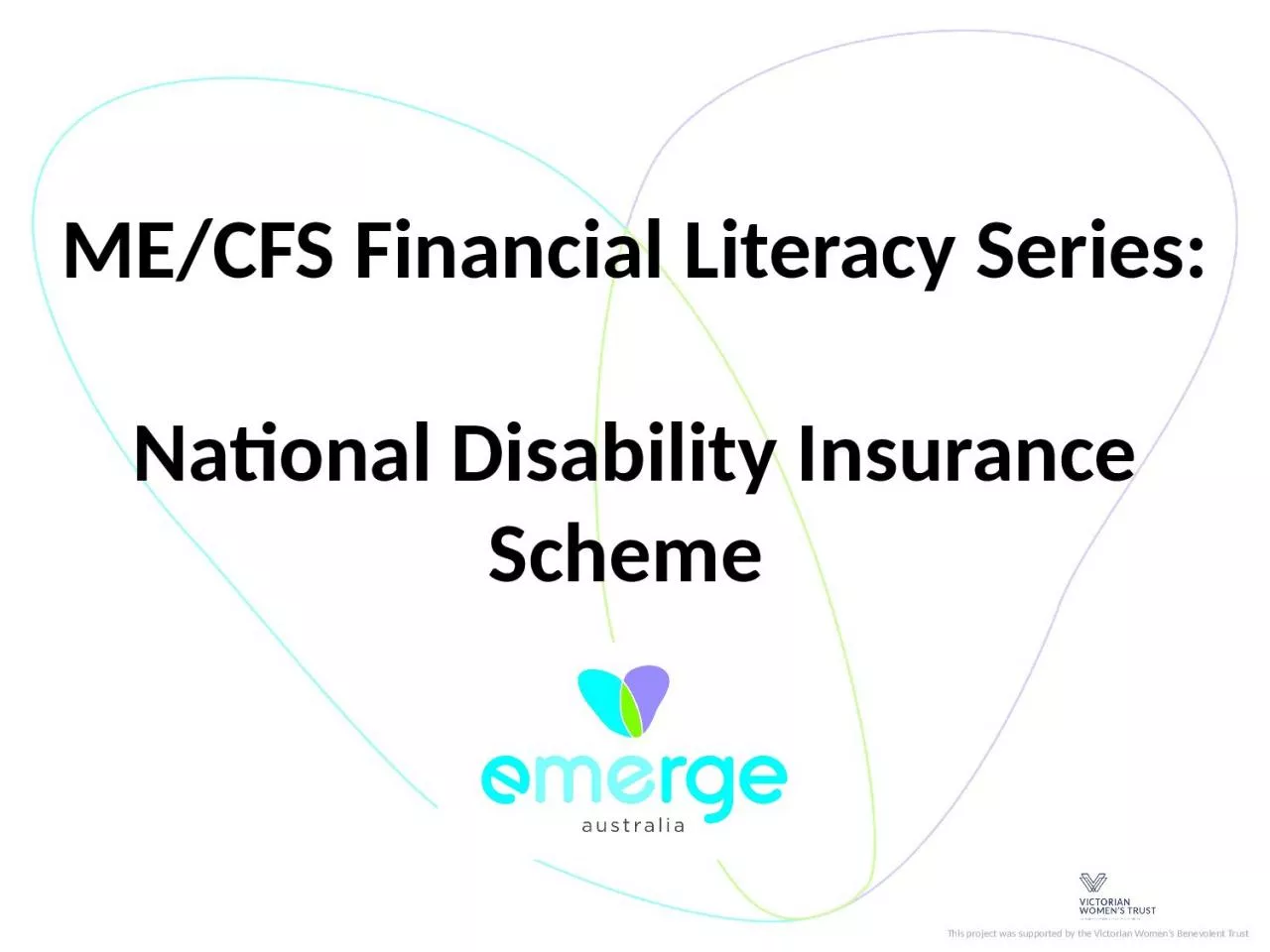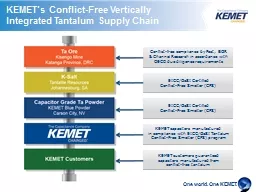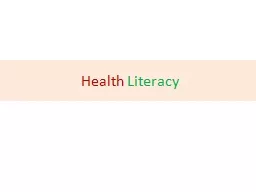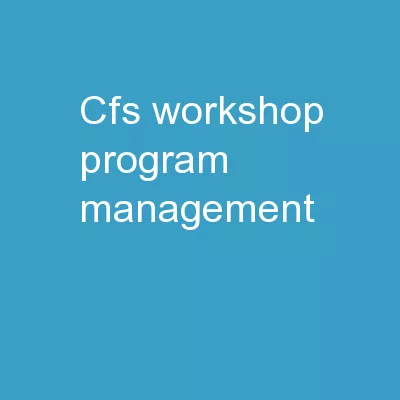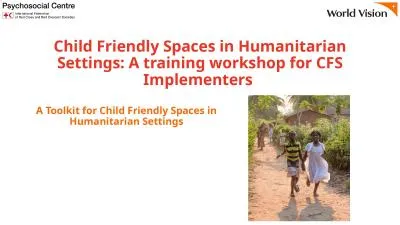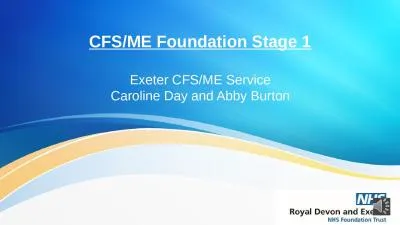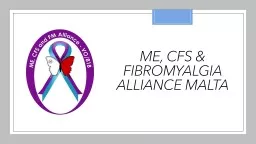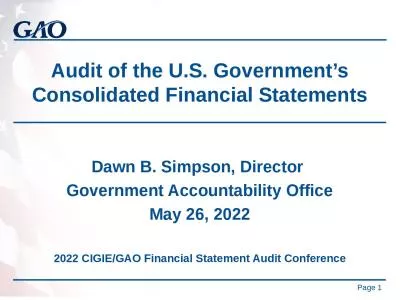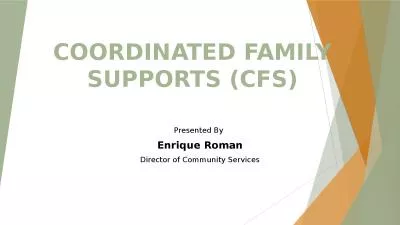PPT-ME/CFS Financial Literacy Series:
Author : wang | Published Date : 2024-01-29
National Disability Insurance Scheme This project was supported by the Victorian Womens Benevolent Trust Contents 1 What is the NDIS and how do I apply long 2
Presentation Embed Code
Download Presentation
Download Presentation The PPT/PDF document "ME/CFS Financial Literacy Series:" is the property of its rightful owner. Permission is granted to download and print the materials on this website for personal, non-commercial use only, and to display it on your personal computer provided you do not modify the materials and that you retain all copyright notices contained in the materials. By downloading content from our website, you accept the terms of this agreement.
ME/CFS Financial Literacy Series:: Transcript
Download Rules Of Document
"ME/CFS Financial Literacy Series:"The content belongs to its owner. You may download and print it for personal use, without modification, and keep all copyright notices. By downloading, you agree to these terms.
Related Documents

